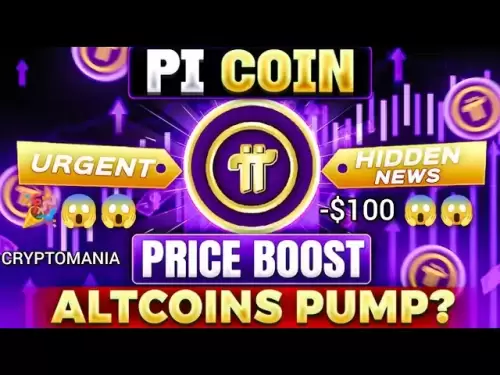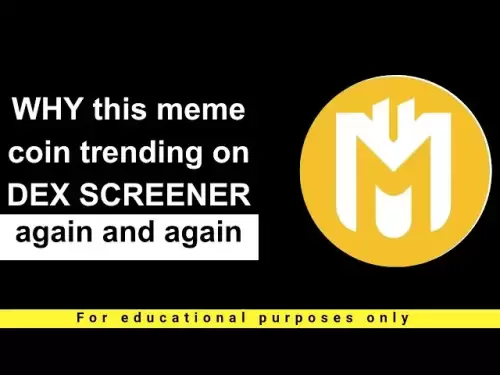-
 Bitcoin
Bitcoin $109,507.9823
0.43% -
 Ethereum
Ethereum $2,716.0274
3.79% -
 Tether USDt
Tether USDt $1.0003
-0.01% -
 XRP
XRP $2.3859
3.05% -
 BNB
BNB $665.2705
0.56% -
 Solana
Solana $154.6874
1.56% -
 USDC
USDC $1.0002
0.02% -
 TRON
TRON $0.2896
1.05% -
 Dogecoin
Dogecoin $0.1738
1.67% -
 Cardano
Cardano $0.6117
3.72% -
 Hyperliquid
Hyperliquid $40.3052
3.82% -
 Sui
Sui $2.9817
2.08% -
 Bitcoin Cash
Bitcoin Cash $505.0944
0.71% -
 Chainlink
Chainlink $14.0820
1.96% -
 Stellar
Stellar $0.2902
12.90% -
 UNUS SED LEO
UNUS SED LEO $9.0423
-0.34% -
 Avalanche
Avalanche $18.7084
1.54% -
 Hedera
Hedera $0.1714
6.33% -
 Shiba Inu
Shiba Inu $0.0...01218
2.48% -
 Toncoin
Toncoin $2.8261
1.24% -
 Litecoin
Litecoin $88.8228
1.59% -
 Monero
Monero $319.1344
2.71% -
 Polkadot
Polkadot $3.5479
2.69% -
 Dai
Dai $1.0001
0.00% -
 Ethena USDe
Ethena USDe $1.0010
0.06% -
 Uniswap
Uniswap $8.2690
6.49% -
 Bitget Token
Bitget Token $4.3622
1.19% -
 Aave
Aave $298.5989
2.11% -
 Pepe
Pepe $0.0...01042
1.97% -
 Pi
Pi $0.4663
1.15%
How to display NFTs?
NFTs can be displayed through marketplaces like OpenSea, digital frames, websites, social media, and AR apps, offering diverse ways to showcase digital collectibles.
Jul 09, 2025 at 02:22 pm
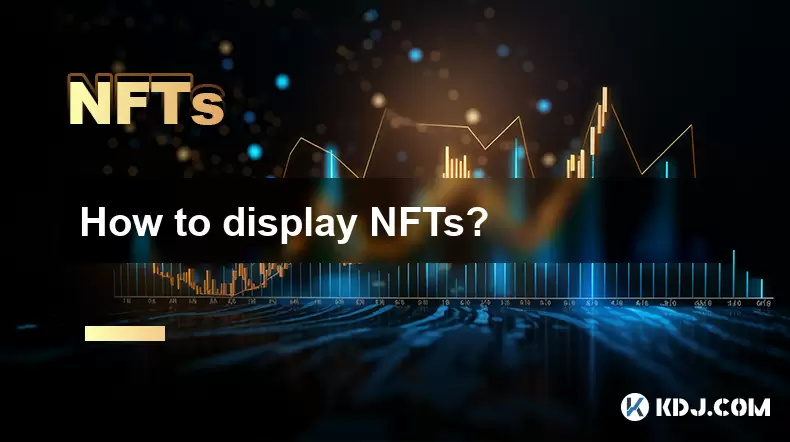
Understanding NFT Display Platforms
To display NFTs effectively, one must first understand the platforms that support such functionality. NFT marketplaces like OpenSea, Rarible, and Foundation are commonly used for showcasing digital assets. These platforms not only allow users to list their NFTs but also provide tools for embedding or sharing them on external websites and social media. When choosing a platform, it is crucial to consider features like customization options, user interface, and integration capabilities.
Some platforms offer built-in preview tools, while others require third-party applications or code snippets to render the NFT properly. For instance, OpenSea allows creators to embed NFTs using HTML codes, which can be inserted into personal blogs or portfolios. It is essential to verify whether the platform supports metadata rendering and high-resolution previews.
Additionally, wallet compatibility plays a role in how NFTs are displayed. Wallets like MetaMask and Trust Wallet integrate with multiple marketplaces, enabling seamless visibility of owned NFTs across different platforms. Ensuring that your wallet is connected correctly to the chosen marketplace is a critical step in displaying your NFT collection accurately.
Using Digital Galleries and Frame Devices
Another popular method of displaying NFTs is through digital art frames and online galleries. Devices like Pakpi Smart Frame, Meural Canvas, and Lume Display allow physical display of digital collectibles in homes or offices. These devices connect to Wi-Fi and sync with blockchain wallets to fetch real-time updates of NFT collections.
Setting up a digital frame involves several steps:
- Connect the frame to your Wi-Fi network
- Link it to an Ethereum-based wallet (like MetaMask)
- Authorize access to your NFT portfolio
- Customize the display settings (rotation speed, layout, etc.)
Each frame has its own setup process, so following the manufacturer’s instructions carefully ensures proper synchronization. Some frames may also require third-party apps like Rainbow or Dharma to bridge the connection between the wallet and the device.
For online galleries, platforms like KodaDot and Objkt.com enable users to create virtual exhibitions without gas fees. These platforms often support Tezos-based NFTs, offering lightweight and eco-friendly display solutions. Users can upload curated collections and share them via links or embed codes.
Embedding NFTs on Websites and Blogs
Displaying NFTs on personal or business websites requires technical know-how, especially when integrating dynamic content. Most modern website builders like WordPress, Webflow, and Wix allow HTML and JavaScript insertion, making it possible to embed live NFT previews.
The general process includes:
- Obtaining the embed code from the NFT marketplace
- Accessing the website builder’s HTML editor
- Inserting the code into the desired section
- Previewing and publishing the page
For example, OpenSea provides iframe embed codes that automatically update as new NFTs are added or sold. This dynamic feature ensures that the displayed content remains current without manual edits.
In cases where custom development is needed, JavaScript libraries like Moralis or Alchemy SDK can be used to fetch NFT metadata directly from the blockchain. Developers can then design unique interfaces to showcase NFTs with filters, animations, and interactive elements.
It is important to test the embedded NFTs across browsers and devices to ensure responsive design and cross-platform compatibility. Additionally, checking for load times and optimizing image sizes helps maintain site performance.
Leveraging Social Media for NFT Exposure
Social media platforms have become powerful tools for displaying and promoting NFTs. While most platforms do not natively support NFT verification, they allow users to share screenshots, videos, and links to NFTs. Twitter and Instagram now offer limited NFT verification features, enabling profile picture displays with blockchain-backed authenticity.
Steps to display NFTs on social media include:
- Capturing high-quality images or videos of the NFT
- Uploading them to platforms like Instagram, TikTok, or X (Twitter)
- Including the NFT link in the caption for traceability
- Utilizing hashtags relevant to the NFT community
For verified NFT display on Twitter:
- Connect a supported wallet (e.g., Rainbow, Trust Wallet)
- Select the NFT to use as a profile picture
- Confirm ownership through the wallet provider
Instagram’s NFT feature currently works with select partners, requiring wallet integration via third-party apps like MetaMask Mobile. Once linked, users can import NFTs and choose to display them publicly.
YouTube and LinkedIn also serve as platforms for storytelling around NFTs. Creators can upload unboxing videos, behind-the-scenes content, or interviews discussing their NFT collections. Including on-screen captions and timestamps enhances viewer engagement and clarity.
Physical Printing and Augmented Reality Displays
While NFTs are inherently digital, some collectors prefer physical representations for display purposes. Services like NiftyPrints and PrintMyNFT offer high-resolution printing of NFTs on canvas, metal, or acrylic surfaces. These prints often include QR codes linking back to the blockchain version, ensuring provenance and authenticity.
Printing an NFT involves:
- Selecting the preferred file format (PNG, JPEG, etc.)
- Choosing print size and material
- Uploading the image to a printing service
- Receiving the printed artwork within days
Augmented reality (AR) is another innovative way to display NFTs. Apps like D’Framed and Spatial allow users to place NFTs in real-world environments using smartphones or AR glasses. This immersive experience enhances how digital art is perceived and shared.
To use AR for NFT display:
- Download a compatible AR app
- Import NFTs from a connected wallet
- Scan a room or surface to place the NFT
- Adjust scale, lighting, and positioning
These AR experiences can be shared with others via video recordings or live streaming, making them ideal for virtual exhibitions and online events.
Frequently Asked Questions
Can I display someone else's NFT on my website?
Yes, you can display someone else's NFT by embedding the public link or using the provided iframe code from the marketplace. However, you cannot claim ownership or alter metadata without permission from the creator or owner.
Do all NFTs look the same when displayed?
No, the appearance of NFTs varies based on file type, resolution, and platform rendering. Animated NFTs (GIFs, MP4s) will display differently than static images, and some platforms offer enhanced visuals through WebGL or 3D rendering.
Is it possible to display NFTs offline?
Yes, you can display NFTs offline by downloading the associated media files and viewing them on a local device. However, blockchain verification and ownership proof will not be accessible without an internet connection.
What should I do if my NFT doesn't display correctly on a platform?
First, check if the platform supports the blockchain your NFT is minted on. Ensure the embed code is correct and there are no typos. If issues persist, contact the platform’s support team or consult documentation for troubleshooting tips.
Disclaimer:info@kdj.com
The information provided is not trading advice. kdj.com does not assume any responsibility for any investments made based on the information provided in this article. Cryptocurrencies are highly volatile and it is highly recommended that you invest with caution after thorough research!
If you believe that the content used on this website infringes your copyright, please contact us immediately (info@kdj.com) and we will delete it promptly.
- Pi Network: Powering the Global Economy and the Future with AI
- 2025-07-10 12:50:12
- Crypto Hack: GMX Bounty Offered After $42M Drain
- 2025-07-10 12:50:12
- Crypto Liquidations and Bitcoin's Wild Ride: What's Next?
- 2025-07-10 12:30:12
- Elon Musk, Peanut the Squirrel, and PNUT Token: A Wild Ride in Crypto & Politics
- 2025-07-10 12:30:12
- BlockDAG Leads the Crypto Pack: A 2025 Outlook on BlockDAG, Cardano, Litecoin, and Polkadot
- 2025-07-10 10:50:12
- ONDO Price Watch: Traders Eye Key Resistance for Potential $3 Target
- 2025-07-10 10:50:12
Related knowledge
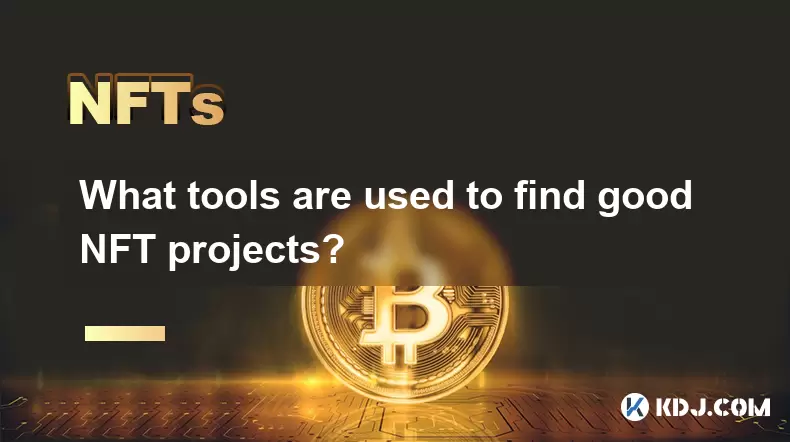
What tools are used to find good NFT projects?
Jul 10,2025 at 12:42pm
Understanding the Importance of NFT DiscoveryIdentifying promising NFT projects is a critical skill for collectors, investors, and creators within the...
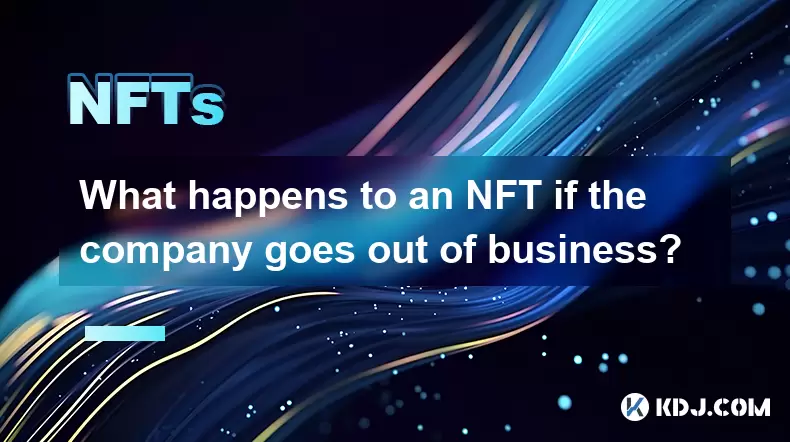
What happens to an NFT if the company goes out of business?
Jul 10,2025 at 01:36pm
Understanding the Nature of NFTsNon-Fungible Tokens (NFTs) are digital assets that represent ownership of a unique item or piece of content, such as a...
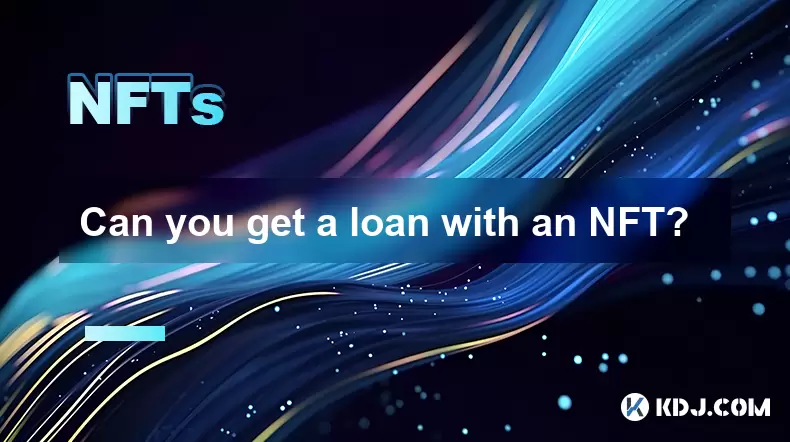
Can you get a loan with an NFT?
Jul 10,2025 at 12:08pm
What is an NFT and How Does It Function as Collateral?Non-Fungible Tokens (NFTs) have evolved beyond digital collectibles and art. These blockchain-ba...
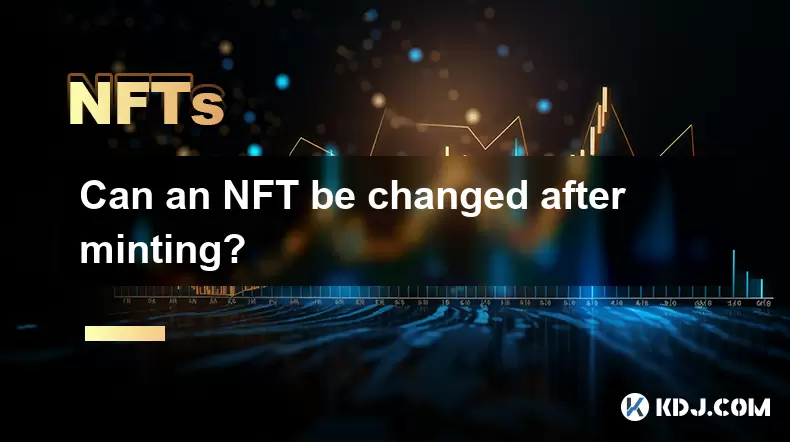
Can an NFT be changed after minting?
Jul 09,2025 at 02:42pm
Understanding the Immutability of NFTsOnce an NFT (Non-Fungible Token) is minted, it becomes a permanent entry on the blockchain. The data associated ...
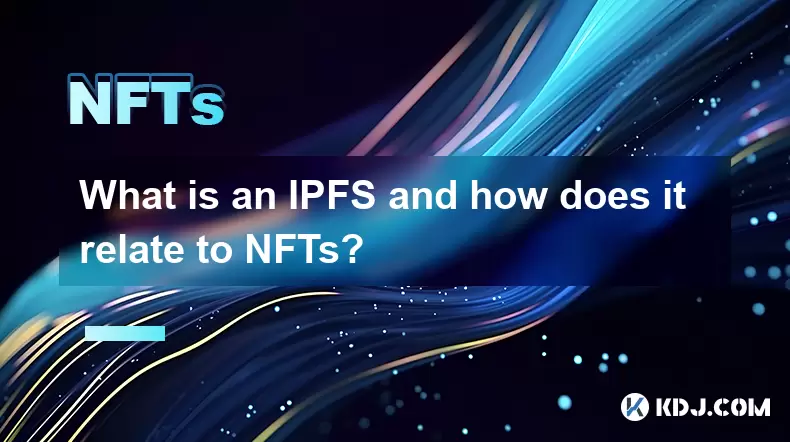
What is an IPFS and how does it relate to NFTs?
Jul 10,2025 at 01:07pm
Understanding IPFS: A Decentralized File Storage SystemIPFS, short for InterPlanetary File System, is a peer-to-peer hypermedia protocol designed to m...
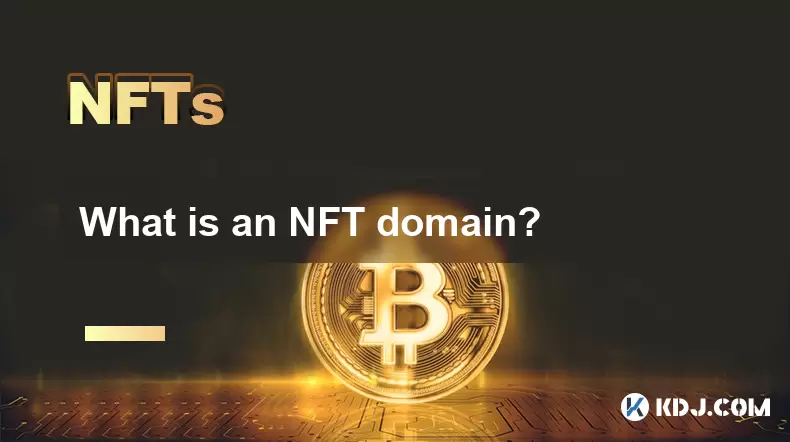
What is an NFT domain?
Jul 09,2025 at 08:43pm
Understanding the Concept of NFT DomainsAn NFT domain is a blockchain-based digital asset that represents ownership of a specific web address. Unlike ...

What tools are used to find good NFT projects?
Jul 10,2025 at 12:42pm
Understanding the Importance of NFT DiscoveryIdentifying promising NFT projects is a critical skill for collectors, investors, and creators within the...

What happens to an NFT if the company goes out of business?
Jul 10,2025 at 01:36pm
Understanding the Nature of NFTsNon-Fungible Tokens (NFTs) are digital assets that represent ownership of a unique item or piece of content, such as a...

Can you get a loan with an NFT?
Jul 10,2025 at 12:08pm
What is an NFT and How Does It Function as Collateral?Non-Fungible Tokens (NFTs) have evolved beyond digital collectibles and art. These blockchain-ba...

Can an NFT be changed after minting?
Jul 09,2025 at 02:42pm
Understanding the Immutability of NFTsOnce an NFT (Non-Fungible Token) is minted, it becomes a permanent entry on the blockchain. The data associated ...

What is an IPFS and how does it relate to NFTs?
Jul 10,2025 at 01:07pm
Understanding IPFS: A Decentralized File Storage SystemIPFS, short for InterPlanetary File System, is a peer-to-peer hypermedia protocol designed to m...

What is an NFT domain?
Jul 09,2025 at 08:43pm
Understanding the Concept of NFT DomainsAn NFT domain is a blockchain-based digital asset that represents ownership of a specific web address. Unlike ...
See all articles
























